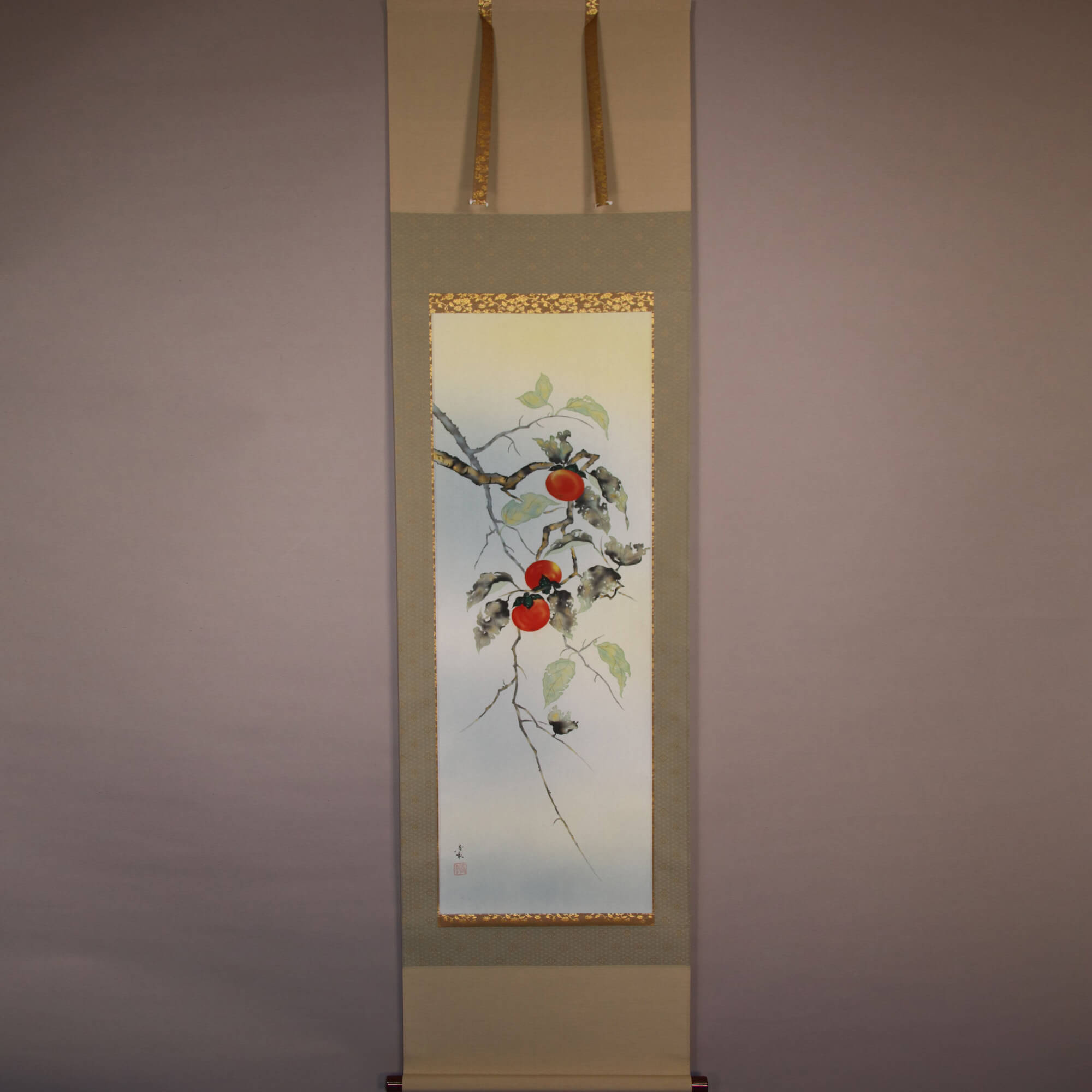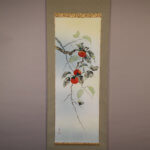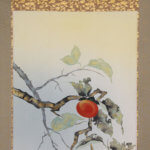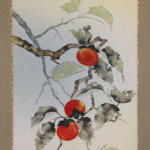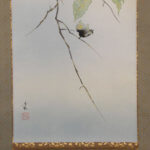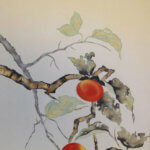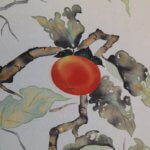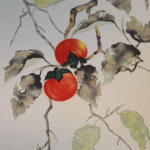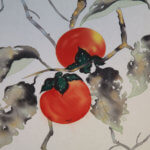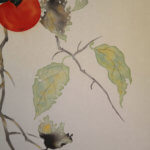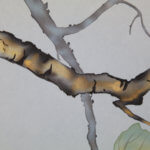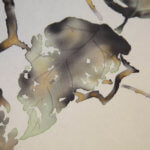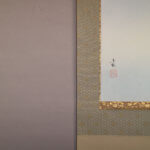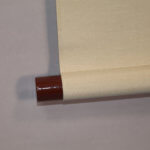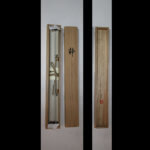Kakejiku Hanging Scroll: Persimmons / Yokoyama Kōshū - Kaki
- Product ID
- B0124
- Name
- Yokoyama Kōshū
- Profile
A Japanese-style painter. In 1935, born in Tōkyō pref. A disciple of Horie Gyokuhō, master of tiger paintings. Specialized in flowers & birds paintings and animal paintings. Member of the Tōyō Bijutsu-kai.
- Size
- 560mm x 1870mm
- Roller End Material
- Plastic
- Material of the Work
- Silk
- Price
- JPY 35,000
- Stock Condition
- In stock
- Payment: Click the Paypal Mark
- Duty and Taxes
Import duty and taxes are beyond our control and may apply to your shipment. Please noted that these fees are the responsibility of the buyer.
- Description
In autumn, branches sag under the weight of various fruits, and the leaves of the trees turn bright red and yellow. In this work, Yokoyama Kōshū impressively expressed the atmosphere of such changing seasons. The gradation realistically expresses how the persimmons are ripe in beautiful vermilion as autumn deepens. The leaves are realistically drawn by *tarashikomi technique. This work consists of only colorful persimmon fruits, branches, and leaves, and the composition is exquisite and bold. By that, this is a masterpiece that beautifully expresses even the air in autumn getting clearer day by day.
Tarashikomi: A high-level technique of Japanese-style painting for attaining natural blur by making use of the difference in the specific gravity of pigments.

